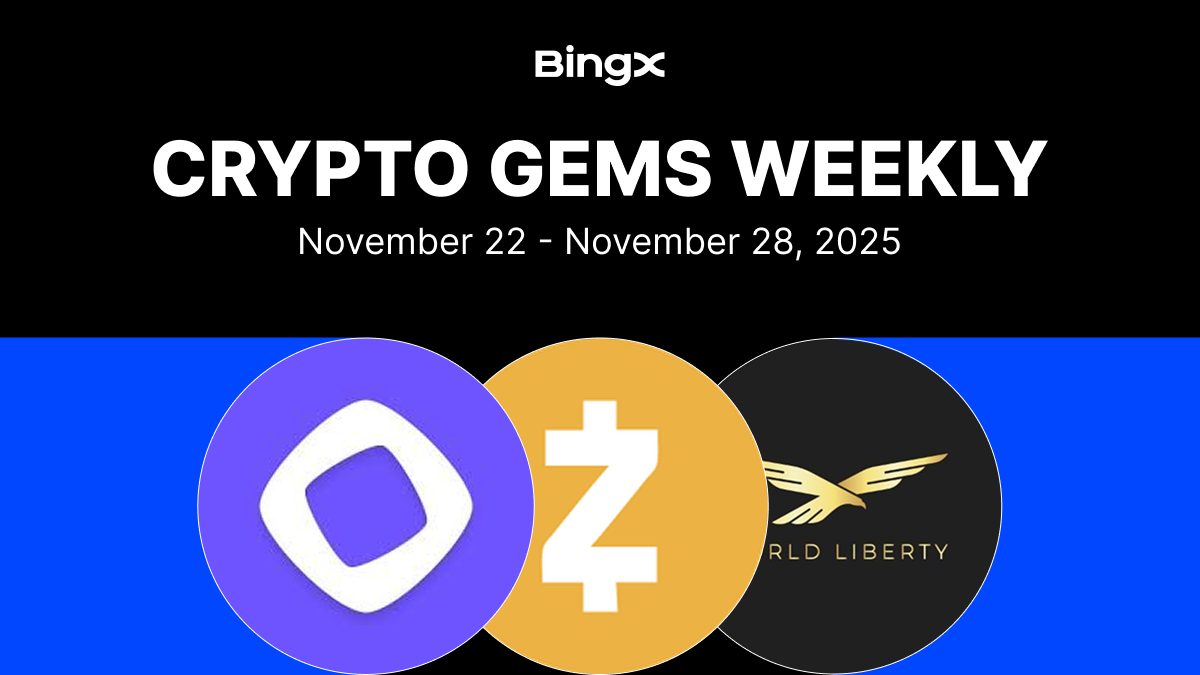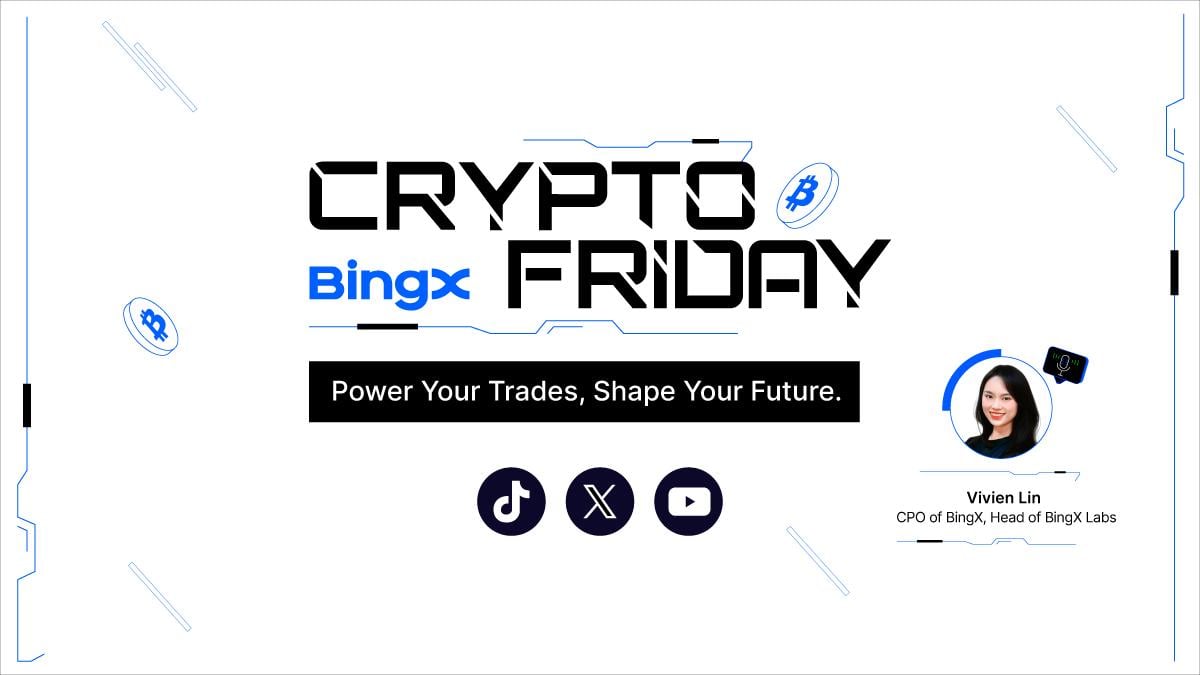BingX Blog


Saudi Arabia Leads the Charge as Bitcoin Rallies Once Again
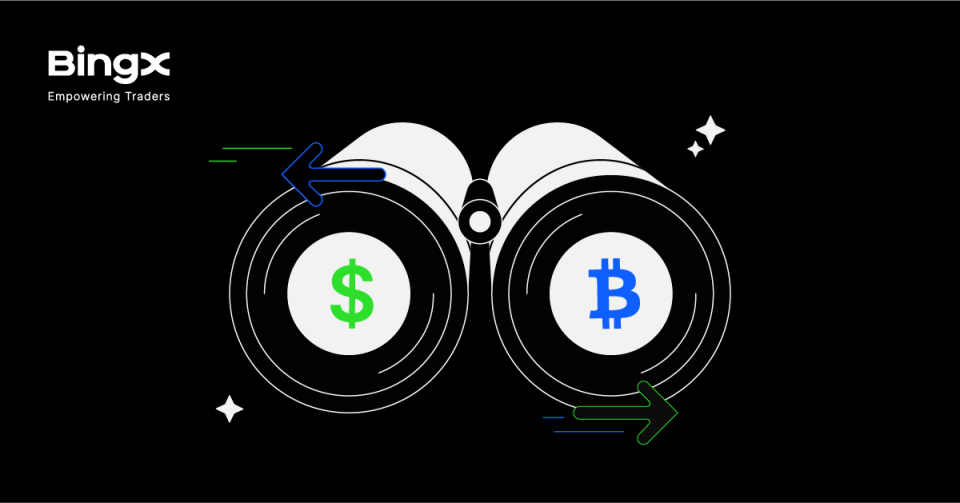
Week #27: Cryptocurrencies with Recent Developments to Watch This Week
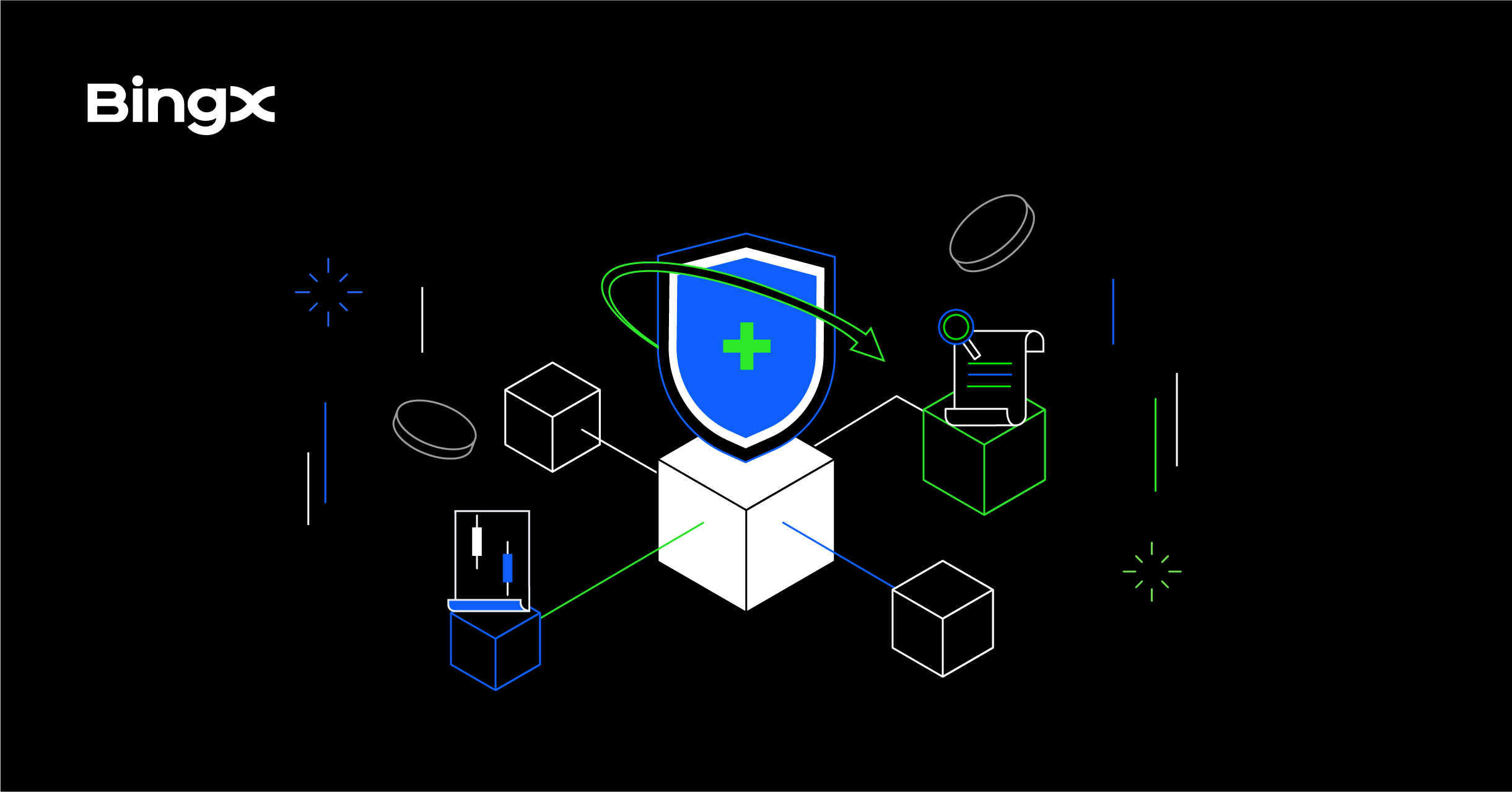
Should You Trust a Vault or Buy a Lifejacket? Exploring Decentralized Insurance vs. Centralized Exchange Security
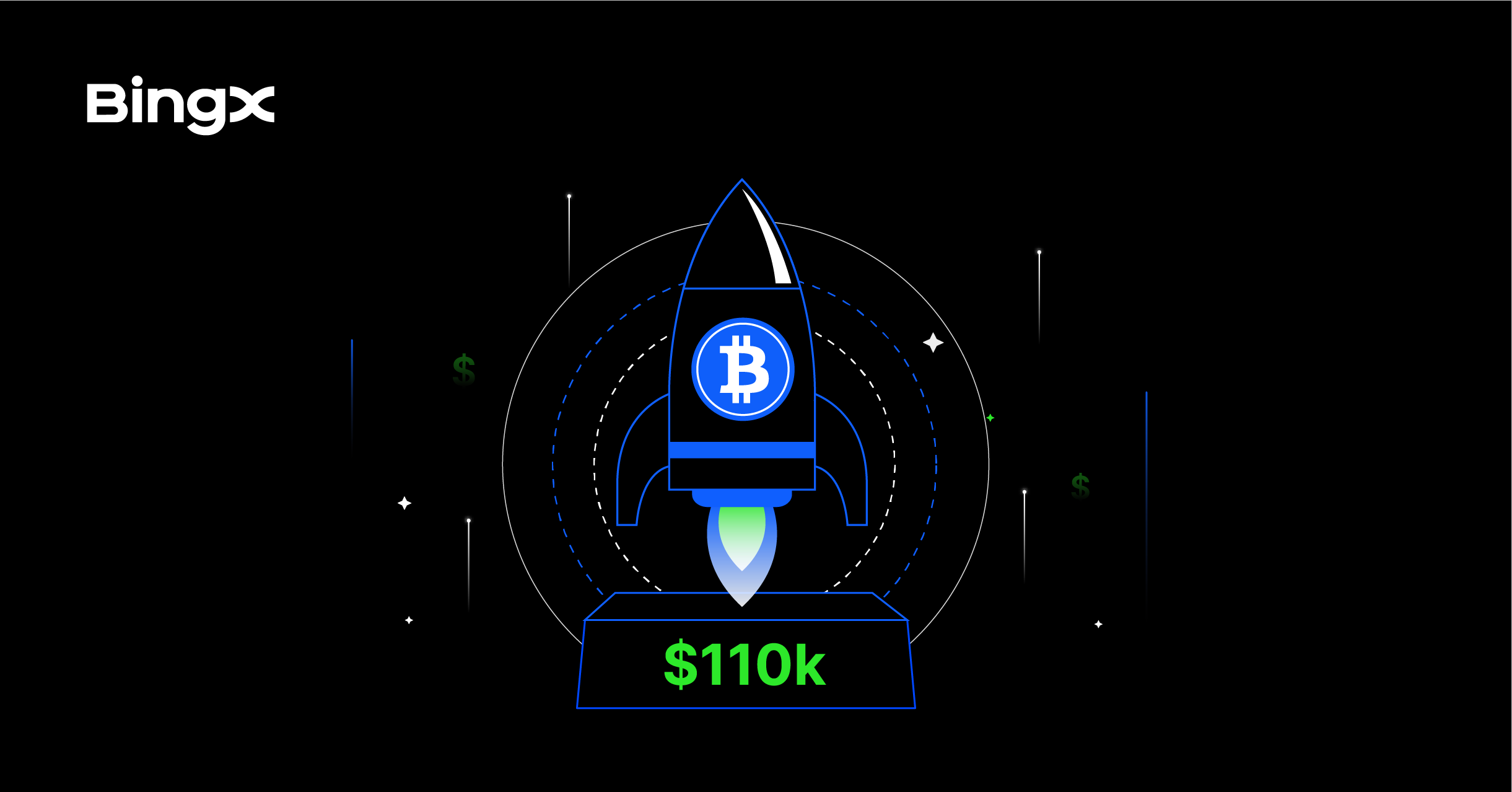
Will Bitcoin Finally Eclipse $110K Resistance? A High-Stakes Race with Institutional Might

EIP-5792 Explained: The Ethereum Upgrade That Could Make Wallets Actually Easy to Use

Stablecoins Are Transforming Online Payments for UAE Traders and Businesses
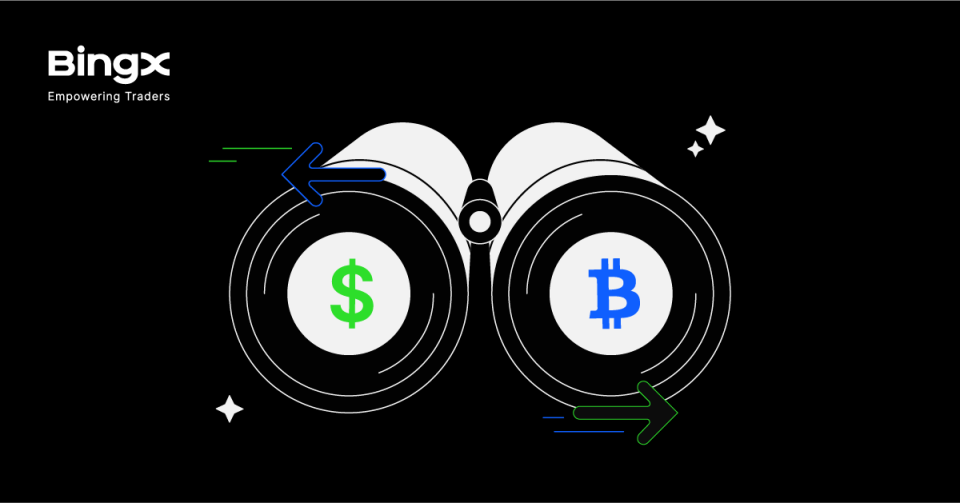
Week #26: Cryptocurrencies with Recent Developments to Watch This Week
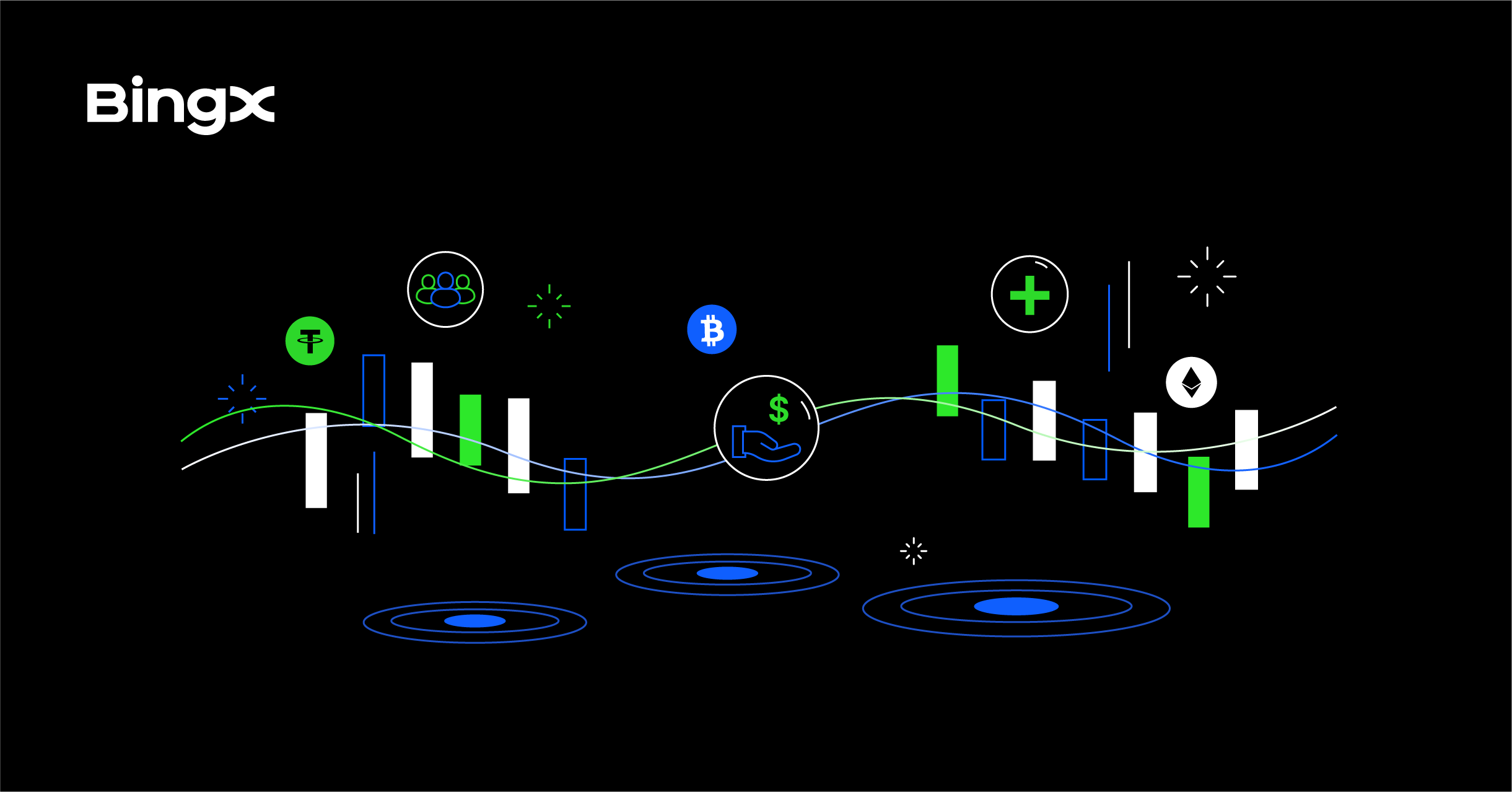
Deep vs. Shallow Liquidity: What Traders Need to Know About Centralized & Decentralized Exchange Health
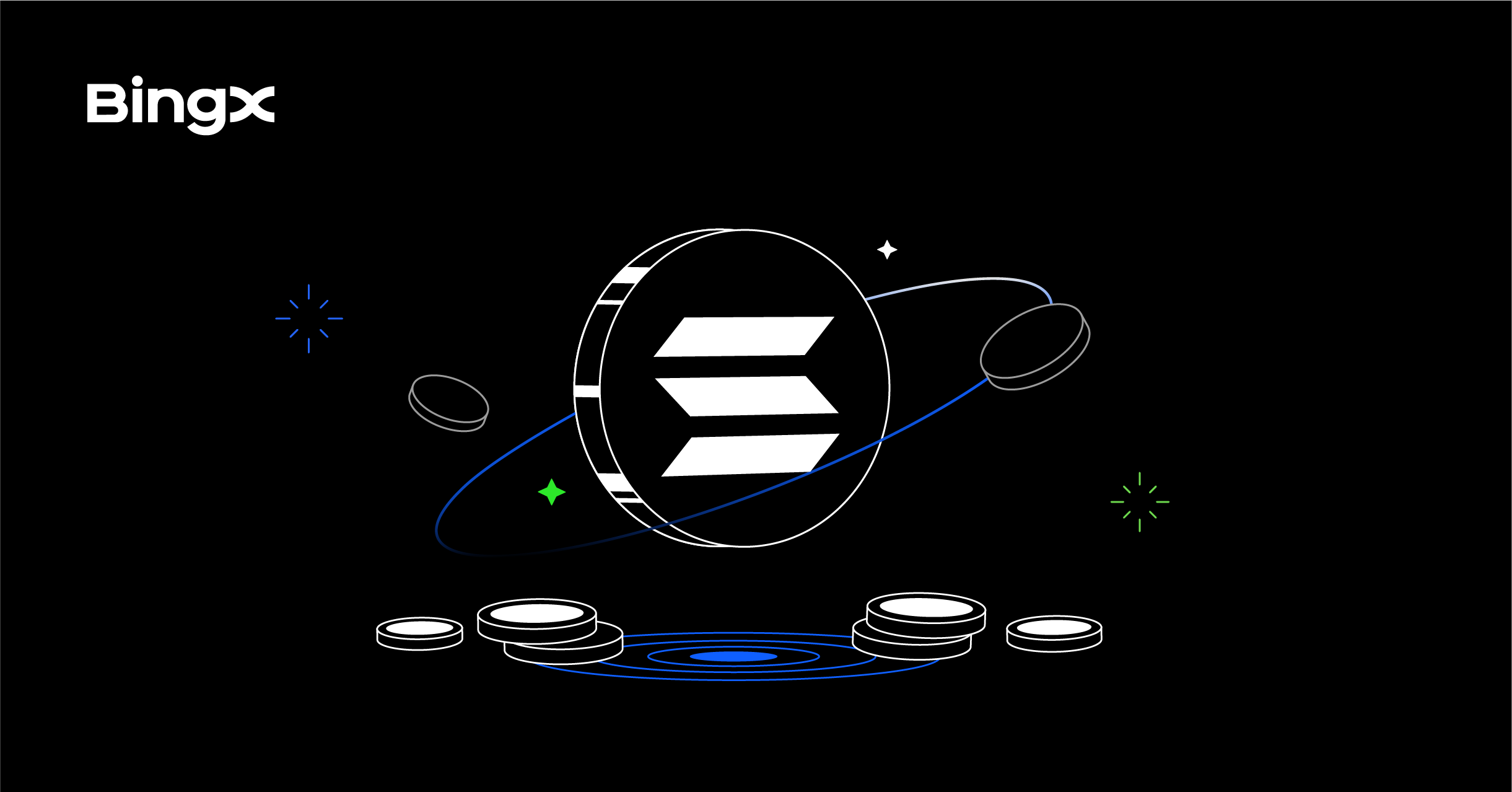
Solana ETFs Are Coming: What S-1 Filings Really Mean for SOL’s Future Price Surge

Is Saudi Arabia Changing Its Stance on the Cryptocurrency Market?





